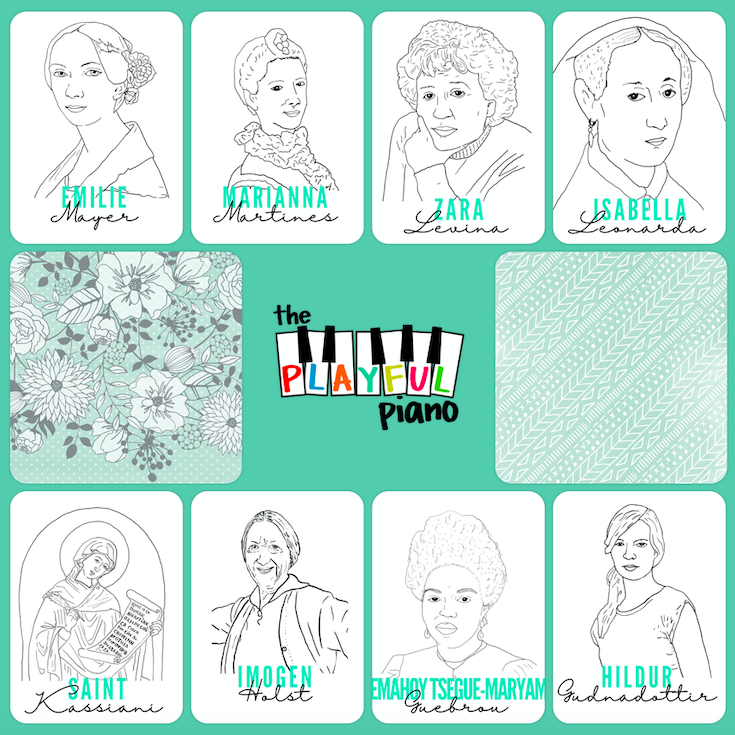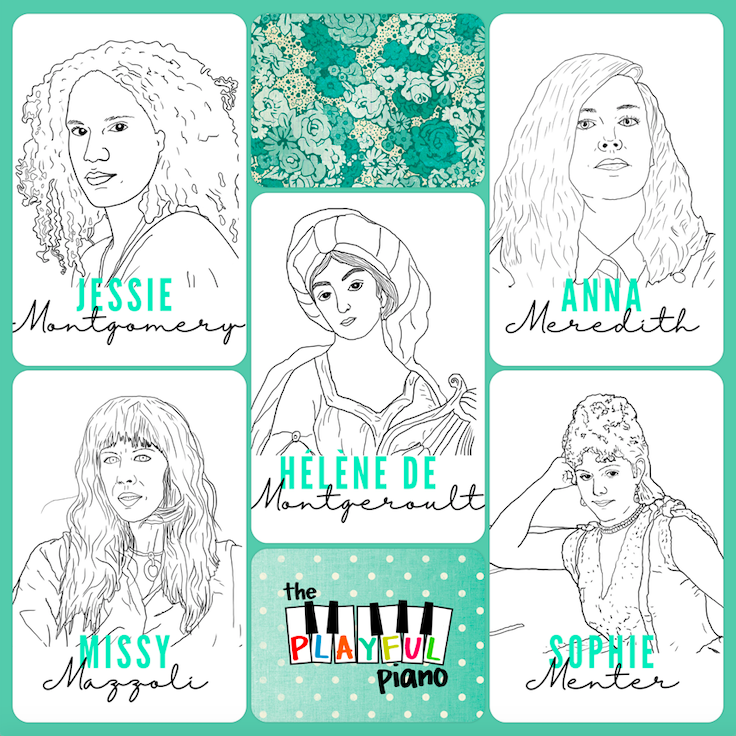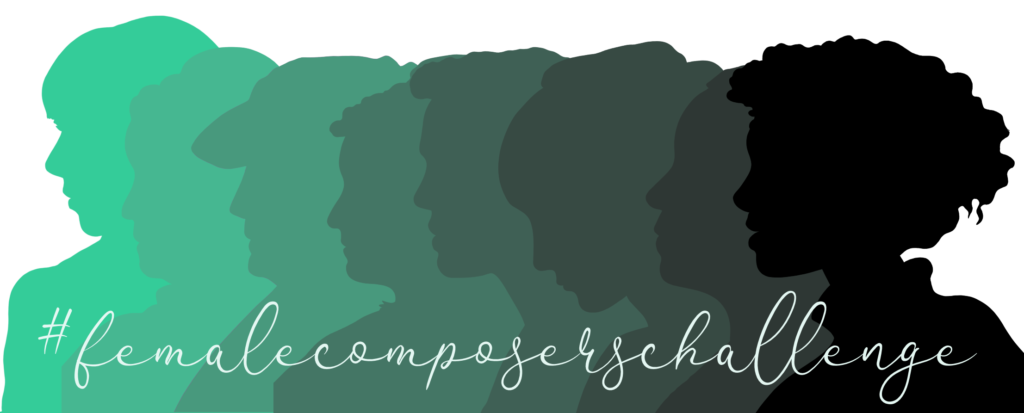What I learned about Florence Price while recovering from foot surgery

Last week I had to get surgery on my foot. This has forced me to sit down (a lot) and has given me a chance to work on my next Shades of Sound listening and coloring book. Shades of Sound: Women Composers Volume 2 should be done soon and I can’t wait to get it out there and share it with you!
Did you know that Florence Price wrote her career-defining Symphony No. 1 in E minor while recovering from a broken foot? I just learned this fun fact this week while recovering from my own foot surgery. It made me feel a bit of a kinship with Florence, and I read up a bit more on her life at the time of writing her first symphony.
It was the middle of the Great Depression. Florence had recently left her abusive husband. She and her two young daughters were living with one of Price’s students – 18-year-old composer Margaret Bonds. Bonds sat at the kitchen table with Price for a month, helping her copy out the individual instrument parts for her symphony. Price apparently also wrote another symphony and two sonatas during this time. She wrote a letter to a friend and said, “Oh, dear me, when shall I ever be so fortunate again as to break a foot!”
She entered a music competition following this time, and her symphony and her piano sonata each won first prize in their categories, and another work won honorable mention. (The other first prize winner, coincidentally, was Margaret Bonds!)
Have you listened to Price’s first symphony? I think it is gorgeous and I have a whole new respect for it. I didn’t know until this week that it was inspired by Dvorák’s “New World” Symphony. Dvorák’s famous ninth symphony, which premiered in 1893, was composed while he was living in New York City, working as the director of the National Conservatory of Music. Dvorák was very interested in the African American spirituals and other music of the “New World,” and he infused the characteristics of these black plantation tunes into his symphony. It seems fitting, then, that an African American composer such as Florence Price would use his symphony as inspiration.
I hope you will go listen to Florence Price’s Symphony No. 1! It is so beautiful, and it is so much easier to enjoy and appreciate it when you understand the world the composer was coming from. That is one reason that I feel so strongly that we need to teach our students music history. When we take some time to introduce them to composers and their works, we help their music understanding to increase, and we improve their motivation to practice.
Please be on the lookout for my new book! I have worked so hard on it and have really come to love and appreciate all of these great composers. In this book you and your students will learn about 31 female composers (the same who were highlighted in March for our Female Composers Challenge.) The book includes about 80 beautiful coloring pages that accompany so much wonderful music that you will get to listen to. If you participated in the challenge, please know that there is a lot more music included in this book than we listened to in March. It will really give you a good understanding of these composers and their musical style. And, it will be awesome to have all of that great information and stories about these composers in a book (either an actual physical book, or the studio-licensed version to share with your students).
Happy teaching!

These are two of the coloring pages included in my new book! The first is for Margaret Bonds’ piano piece “Troubled Water,” and the second is Zara Levina’s beautiful piano concerto.


















